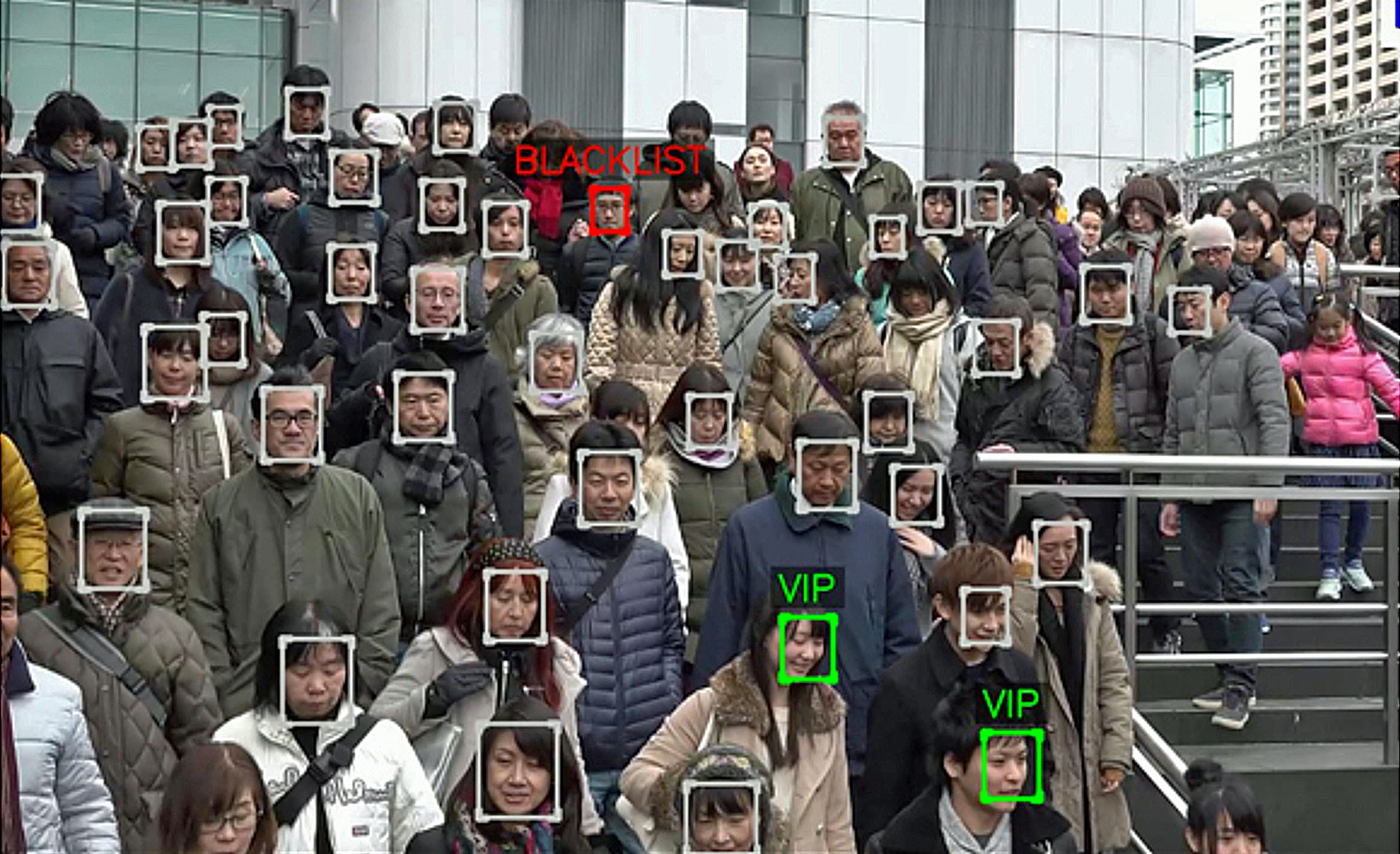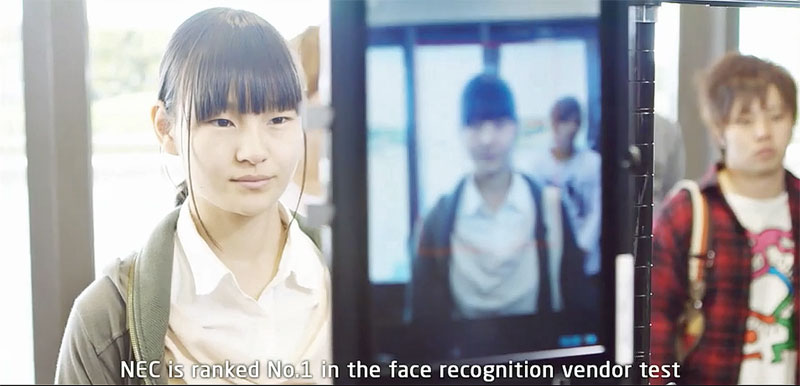The U.S. Customs and Border Protection (CBP) has initiated a pilot test of NEC Corporation of America’s, commercial-off-the-shelf (COTS) NeoFace® Express device and cloud-based NeoFace matching as key facial recognition components of a frictionless biometric exit process in Dulles International Airport.
Started in early July on flights from Dulles International Airport in Washington, D.C., to Dubai, United Arab Emirates (UAE), at a gate operated by Emirates Airlines, passengers will simply step up to a NeoFace Express device which captures the photo for matching.
(Learn More about NEC World’s No. 1 Face Recognition Solution, NeoFace. Courtesy of NEC Corporation and YouTube)
NEC Corporation’s face recognition technology recently achieved the highest performance evaluation in the recent Face in Video Evaluation (FIVE) performed by the U.S. National Institute of Standards and Technology (NIST).
Results were released in NIST’s Interagency Report 8173: Face In Video Evaluation (FIVE) Face Recognition of Non-Cooperative Subjects.
Evaluation examples from the NIST FIVE testing included:
Entry-exit management at an airport passenger gate
- Tests were conducted to recognize one individual at a time as they walk through an area without stopping or acknowledging the camera.
- NEC’s face recognition technology won first place with a matching accuracy of 99.2%.
- The error rate of 0.8% is less than one-fourth of the second place error rate.

Video face recognition technology identifies the faces of moving subjects in real-time as they walk naturally without stopping in front of a camera.
The benefits of high-speed video analysis enabled by this technology include the prevention of potential incidents through detection of suspicious individuals and recognition of individuals at the gateways of critical facilities.
Using video images from standard cameras for face recognition requires highly-advanced techniques when compared to still images.
This is because images are greatly influenced by environmental conditions, such as camera location, image quality, lighting and subject size, in addition to the behavior of a subject, including walking speed, face direction and sight line.

To achieve reliable face recognition of a video image, NEC developed feature point extraction technology that enables enhanced face recognition to a level where an individual can be identified with high precision from within a group, even if their face is partially hidden, or the image is taken from different angles.
NEC’s face recognition technology also uses deep learning technologies for face matching to increase accuracy to a level where an individual can be identified by a low resolution face image captured by a distant camera.
(NeoFace for access control, is the world fastest and most accurate face recognition technology. Courtesy of NEC Corporation and YouTube)

Division, NEC
The Dulles International pilot, which follows an earlier Atlanta Hartsfield pilot, is one of several CBP pilots to implement the federal government’s mandated Biometric Exit Program to verify the identity of travelers leaving the United States.
“NEC is pleased to have participated in the Dulles and Atlanta pilots with CBP and we are glad that our technology can potentially be used to help achieve CBP’s greater missions,” said Raffie Beroukhim, Senior Vice President, NEC Corporation of America, Advanced Recognition Systems Division.
There are several Congressional mandates that direct the Department of Homeland Security (DHS) to record the arrival and departure of non-U.S. citizens by collecting biometrics.
CBP first established biometric screening procedures based on digital fingerprints for certain non-U.S. citizens in 2004 to secure our borders and ensure that the foreign travelers presenting themselves for admission to the United States are who they claim to be.
CBP has conducted additional tests to evaluate new biometric technologies in multiple environments in FY 2016 to further secure and facilitate legitimate travel.

A biometric exit system has been a greater challenge to implement as U.S. international airports do not have similar entry processing infrastructure for exit processing.
CBP is taking a strategic and measured approach to implementing a biometric exit program by testing and evaluating advanced biometric technology in its unique operational environments.
The test of CBP’s data systems capabilities to support new biometric exit operations builds upon lessons learned from CBP’s other biometric tests.
DHS is committed to implementing biometric exit in 2018, starting at the highest volume airports.

CBP’s Entry/Exit strategy includes three core pillars:
- Identify and close the biographic gaps and enhance the entry-exit system
- Perform targeted biometric operations, and
- Transform the entry/exit process through the use of emerging biometric technologies.
Currently, CBP relies on biometric screening—digital fingerprints and photos—to secure our borders and ensure that foreign travelers presenting themselves for admission to the United States are who they claim to be.















